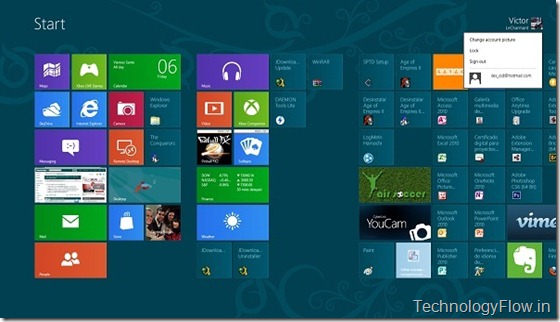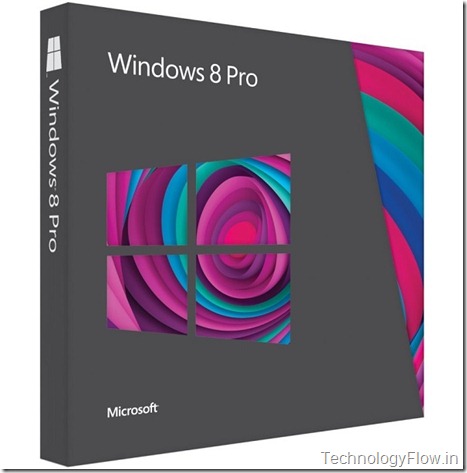It's been a few months since the release of Windows 8 . However, during the next exit Windows 8.1 update is a good time to remember some of the differences that make different versions of this platform.Specifically, among the basic version Windows 8 and the more advanced version Windows 8 Pro If you're thinking about buying a new computer or upgrade your current equipment, we tell you how they differ these two platforms and the advantages of opting for a version most complete of the new Windows.
Read More: 15 Essential Shortcuts for Windows 8
One difference between Windows 8 and Windows 8 Pro you can jump over to look at first is the software on the Windows Media Center. This program, which is not preinstalled on new Windows, served among other things to play DVD natively without resorting to external programs. Users of Windows 8 Pro can be done with it packs more comprehensive program, but those basic Windows 8 will not install on your system. A strange decision by Microsoft which can not be crucial, although uncomfortable for users accustomed to using this program.
Read More: How to Personalize Windows 8
The second of the differences found in the tool BitLocker . This solution is used to encrypt the contents of our drives and protect them from external incursions. This is a very useful feature for users to use their computer in a professional environment. Tool also includes BitLocker To Go . This solution allows us to see the content of external drives or USB flash drives encrypted with BitLocker through systems Windows XP or Windows Vista. Undoubtedly, this is one of the most notable differences between the systems.
It's been a few months since the release of Windows 8 . However, during the next exit Windows 8.1 update is a good time to remember some of the differences that make different versions of this platform.Specifically, among the basic version Windows 8 and the more advanced version Windows 8 Pro If you're thinking about buying a new computer or upgrade your current equipment, we tell you how they differ these two platforms and the advantages of opting for a version most complete of the new Windows.
One difference between Windows 8 and Windows 8 Pro you can jump over to look at first is the software on the Windows Media Center. This program, which is not preinstalled on new Windows, served among other things to play DVD natively without resorting to external programs. Users of Windows 8 Pro can be done with it packs more comprehensive program, but those basic Windows 8 will not install on your system. A strange decision by Microsoft which can not be crucial, although uncomfortable for users accustomed to using this program.
The second of the differences found in the tool BitLocker . This solution is used to encrypt the contents of our drives and protect them from external incursions. This is a very useful feature for users to use their computer in a professional environment. Tool also includes BitLocker To Go . This solution allows us to see the content of external drives or USB flash drives encrypted with BitLocker through systems Windows XP or Windows Vista. Undoubtedly, this is one of the most notable differences between the systems.
A similar difference is found in the tool Microsoft designed for data figures, but in this case focuses on aspecific rchives and folders. Another function mainly oriented so the corporate world is the inclusion ofHyper visor l -V, a client virtualization tasks. Hyper-V allows, for example, create virtualized desktop sharing server resources through several different teams. Such environments are increasingly being used more in business, thanks to the advantages of cost and time savings when deploying IT facilities.
In addition, this system has been developed for professionals to IT can set different group policies when joining a new team to the company network. Finally, another option that should be noted is the ability to gain remote access to the computer. No doubt, most of the differences that integrates Windows 8 Pro is more focused on proper use of the field of business, but also becomes an interesting option for those users who n or want to lose the option to take over the Windows Media Center. But otherwise there are no remarkable differences in terms of performance or user-level functionality.


No comments:
Post a Comment